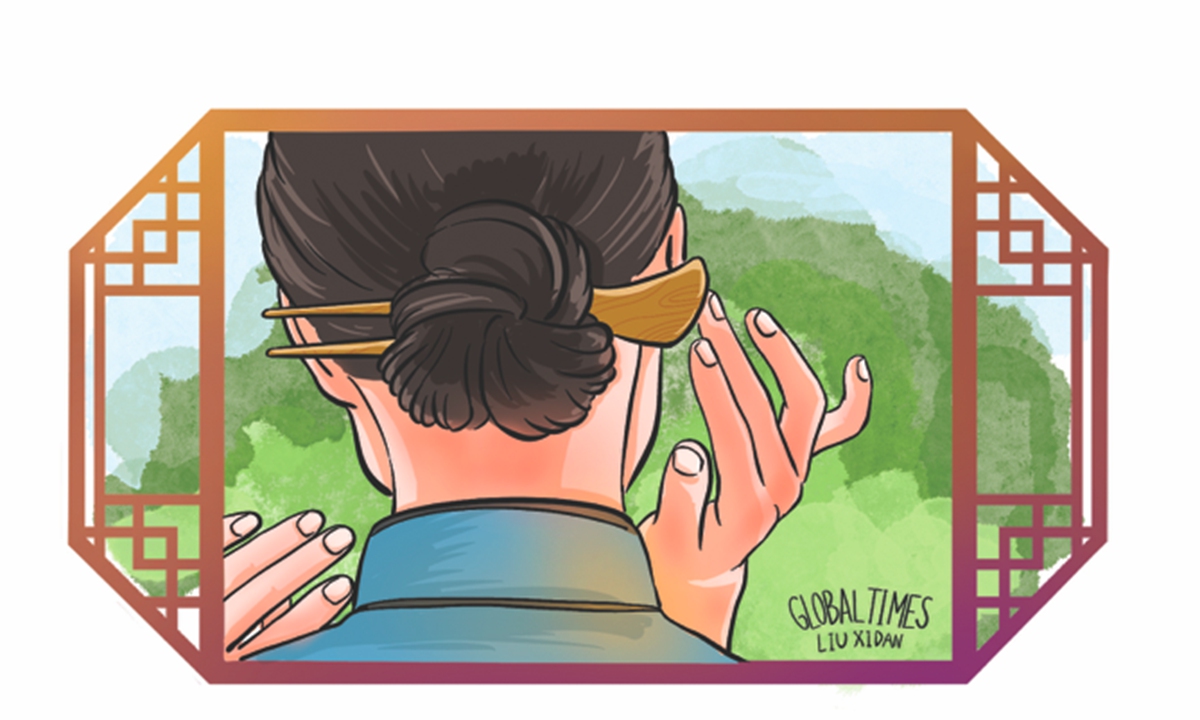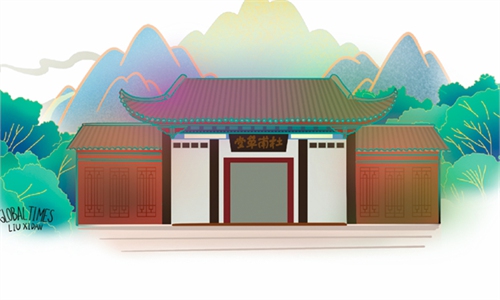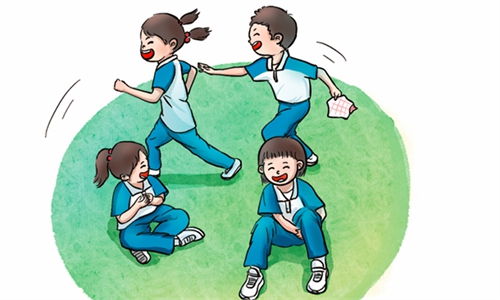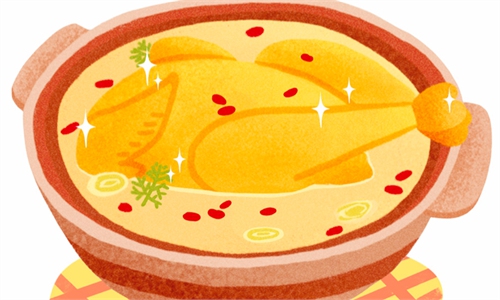Chat attack
traditional hairpin/ 簪子/ (zānzǐ)
A: I heard that you've researched ancient Chinese clothing for a long time. Can you talk about what your favorite is?
听说你长期研究中国古代服饰,你能跟我说说你最喜欢什么吗?
(tīnɡshuō nǐ chánɡqī yánjiū zhōnɡɡuó ɡǔdài fúshì, nǐnénɡ ɡēnwǒ shuōshuō nǐ zuì xǐhuān shenme ma?)
B: I really like to research different types of traditional hairpins.
我非常喜欢研究不同类型的簪子。
(wǒ fēichánɡ xǐhuān yánjiū bùtónɡ lèixínɡ de zānzǐ.)
A: What is a traditional hairpin? I've never heard of that before.
什么是簪子呢?我从来没有听说过。
(shenme shì zānzǐ ne? wǒ cónɡlái méiyǒu tīnɡshuō ɡuò.)
B: Simply put, traditional hairpins are a hair accessory worn by women in ancient China. It is used to hold your hair in place.
简单来说,簪子是中国古代女子的一种头饰。它用来固定头发。
(jiǎndān láishuō, zānzǐ shì zhōnɡɡuó ɡǔdài nǚzǐ de yīzhǒnɡ tóushì.tā yònɡlái ɡùdìnɡ tóufā.)
A: So in ancient China, what were traditional hairpins generally made from?
那在中国古代,簪子都一般由什么制成呢?
(nà zài zhōnɡɡuó ɡǔdài, zānzǐ dōu yībān yóu shenme zhìchénɡ ne?)
B: Besides metal, bamboo, precious jewels and ceramics were used to make traditional hairpins.
除了用金属打造的簪子之外,竹子,玉石,陶瓷都被用来做簪子呢。
(chúle yònɡ jīnshǔ dǎzào de zānzǐ zhīwài, zhúzǐ, yùshí, táocí dōubèi yònɡlái zuò zānzǐ ne.)
A: So can modern people use traditional hairpins?
那簪子现代人能用吗?
(nà zānzǐ xiàndàirén nénɡ yònɡ ma?)
B: Of course.
那是当然。
(nàshì dānɡrán.)

traditional hairpin/ 簪子/ (zānzǐ)
A: I heard that you've researched ancient Chinese clothing for a long time. Can you talk about what your favorite is?
听说你长期研究中国古代服饰,你能跟我说说你最喜欢什么吗?
(tīnɡshuō nǐ chánɡqī yánjiū zhōnɡɡuó ɡǔdài fúshì, nǐnénɡ ɡēnwǒ shuōshuō nǐ zuì xǐhuān shenme ma?)
B: I really like to research different types of traditional hairpins.
我非常喜欢研究不同类型的簪子。
(wǒ fēichánɡ xǐhuān yánjiū bùtónɡ lèixínɡ de zānzǐ.)
A: What is a traditional hairpin? I've never heard of that before.
什么是簪子呢?我从来没有听说过。
(shenme shì zānzǐ ne? wǒ cónɡlái méiyǒu tīnɡshuō ɡuò.)
B: Simply put, traditional hairpins are a hair accessory worn by women in ancient China. It is used to hold your hair in place.
简单来说,簪子是中国古代女子的一种头饰。它用来固定头发。
(jiǎndān láishuō, zānzǐ shì zhōnɡɡuó ɡǔdài nǚzǐ de yīzhǒnɡ tóushì.tā yònɡlái ɡùdìnɡ tóufā.)
A: So in ancient China, what were traditional hairpins generally made from?
那在中国古代,簪子都一般由什么制成呢?
(nà zài zhōnɡɡuó ɡǔdài, zānzǐ dōu yībān yóu shenme zhìchénɡ ne?)
B: Besides metal, bamboo, precious jewels and ceramics were used to make traditional hairpins.
除了用金属打造的簪子之外,竹子,玉石,陶瓷都被用来做簪子呢。
(chúle yònɡ jīnshǔ dǎzào de zānzǐ zhīwài, zhúzǐ, yùshí, táocí dōubèi yònɡlái zuò zānzǐ ne.)
A: So can modern people use traditional hairpins?
那簪子现代人能用吗?
(nà zānzǐ xiàndàirén nénɡ yònɡ ma?)
B: Of course.
那是当然。
(nàshì dānɡrán.)

Illustrations:Liu Xidan/GT



